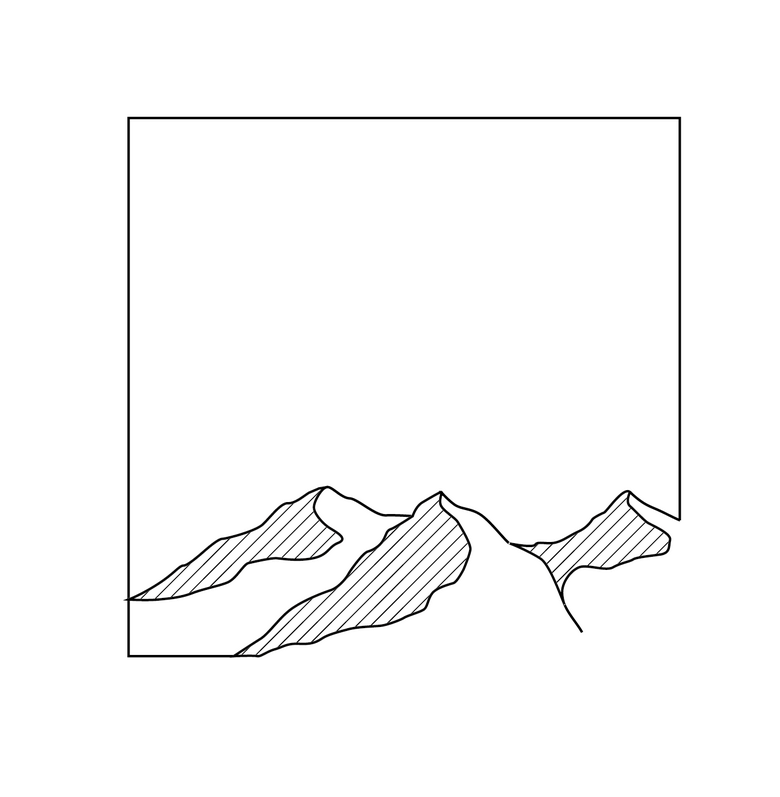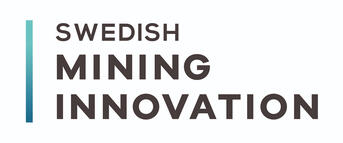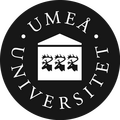
Waste 2 Place
Creating long-term stable landforms to help to deliver mining-disturbed land back to nature and people through a geomorphic approach to waste rock management.The work is carried out within the strategic innovation program Swedish Mining Innovation, a joint venture by Vinnova, Formas and the Swedish Energy Agency.
Get notified
We regularly update on project results and coming presentations.

WP2 Landscape Assessment
A key part of a geomorphic approach is to understand the geomorphology and stream channel network organization of the landscape that the approach aims to replicate. Today, landscape parameter collection from suitable reference sites for geomorphic design work is predominately achieved by fieldwork. However, given the inaccessibility of Sweden’s northern landscape, this is not always cost-effective.WP2 will build upon the latest remote sensing and satellite developments to facilitate accurate reference site identification and landscape parameter collection. This will be achieved, in part, through overlaying high-resolution satellite imagery on digital elevation models within a 3D environment, which allows for instant contextualization of the local and regional environment. This innovation will be developed and deployed on amazon web services.

WP3 Geomorphic Waste Management
Today, existing mature software is used by companies to manage the complex system of mine planning and waste rock scheduling. However, what is lacking in this complex system is knowledge and practical experience on how to incorporate a progressive large-scale geomorphic approach in this system. Waste2Place will provide a critical analysis of the existing software and develop and demonstrate novel strategies and optimization processes for the successful planning and integration of a progressive geomorphic approach with existing mining planning tools.In addition, a user-accessible database will be developed that contains data related to the characterisation and end-use function potential for typical non-ore materials. Although the data required for the database exists currently in a disparate form, no such accessible central database exists in industry and as such, this is novel and state of the art.

WP4 Ecological recovery
A common practice in Sweden today is to finish a waste rock deposit with a constant-depth cover across the entire structure. This practice is questioned within the scope of WP4, which will test a new approach on LKAB’s geomorphic test site that explores varying depths of till and growth medium across the landform. This is more reflective of how a natural landscape is composed. Vegetation monitoring undertaken in WP4 will assess the success of this approach.WP4 will also develop a new web-based GIS tool that combines and displays data layers such as nature type, soil depth, aspect, slope, and moisture retention to create an optimal revegetation plan for a geomorphic landform. This will improve plant establishment for quicker ecological recovery and environmental performance including increased biodiversity.

WP5 Landform Monitoring
The stability and water quality of geomorphic remediation has not been quantitatively studied in Sweden. WP5 will use laser scan and structure-from-motion (SfM) topographic monitoring together with real-time and continuous hydrological and sediment station monitoring to measure these elements across three different sites. Each site will have a time-lapse camera set up to continuously record the evolution over the monitoring period, which will allow a better interpretation of the data.WP5 has novelty in three items: 1) it will be the first geomorphic rehabilitation site monitored in Sweden; 2) it will be the first research project globally, utilising the monitoring methods outlined above, that compares the results of the geomorphic site with a natural analogue site; 3) the topographic data obtained from the laser scan and structure-from-motion (SfM) will be compared with satellite-derived surface movement analysis generated using interferometry (complex and state-of-the-art algorithms) in order to evaluate if the latter is suitable to monitor geomorphic remediated WR storage facilities.
Any questions?
Follow us on LinkedIn












